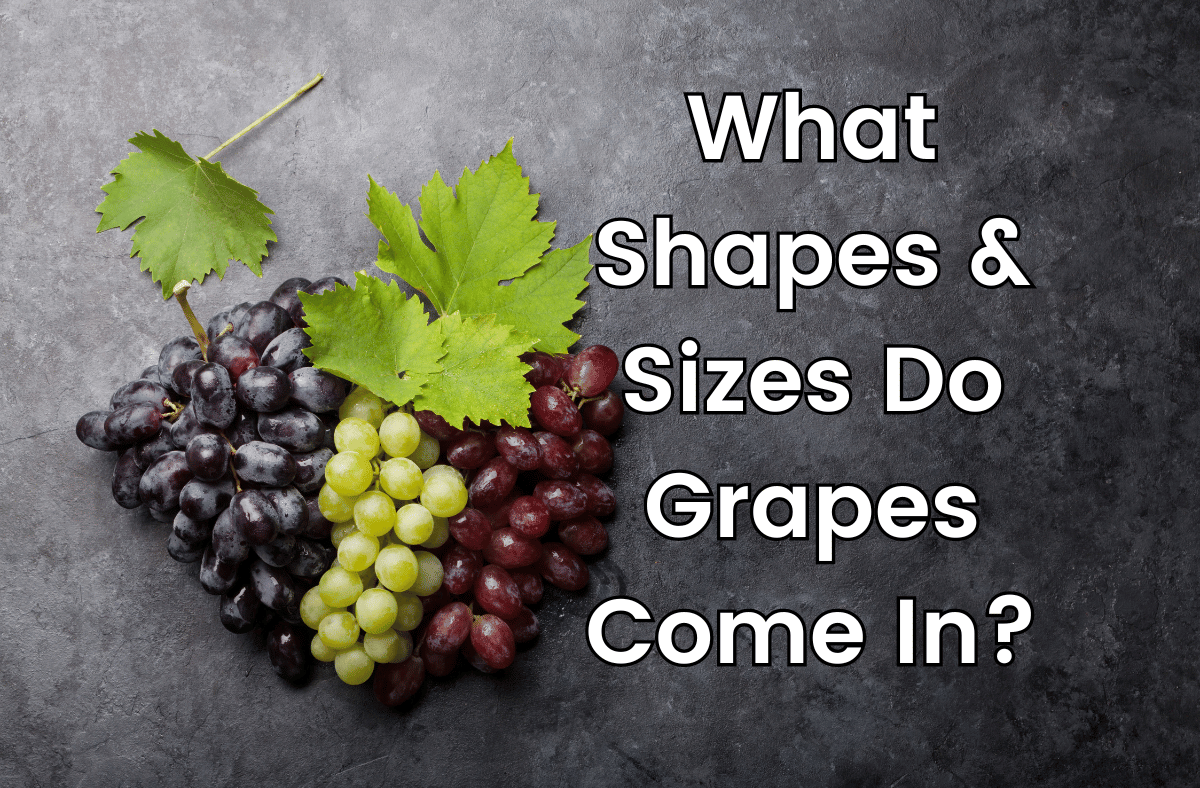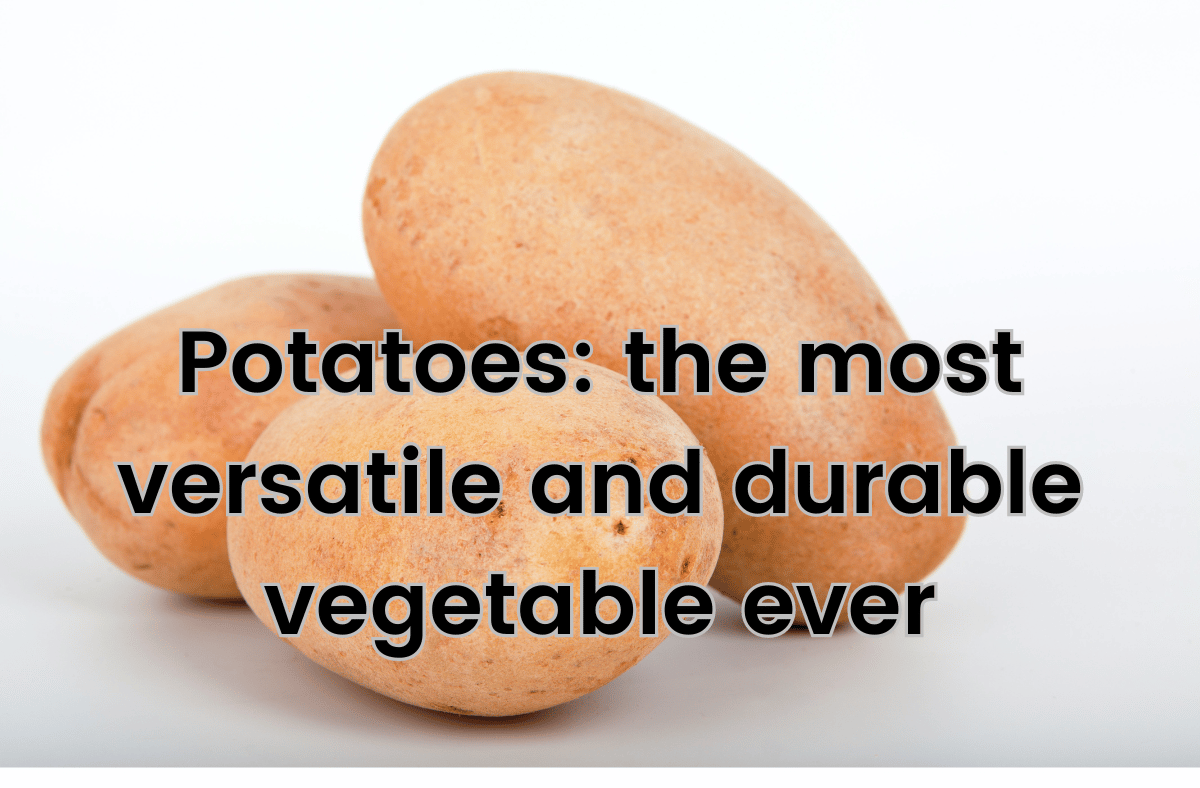For Those in a Hurry
Grapes in many shapes and sizes, showcasing incredible diversity. Interestingly, only about 1300 types are used for wine. This leaves a vast number for other uses. Each grape variety contributes unique flavors and characteristics. In both viticulture and culinary arts, grapes are integral. They range from table grapes to those for raisin production. This diversity reflects the adaptability and versatility of the fruit. Grasping the different uses of grapes reveals their significance beyond wine.
Grapes in Many Shapes and Sizes: The Diversity
The world of grapes is marked by extensive diversity. There are thousands of grape varieties, each with its unique attributes. Among these, winemakers choose only about 1300 for wine production. Meanwhile, the rest find their place in various culinary applications. This diversity is the result of centuries of cultivation and adaptation.
The Winemaker’s Choice: Select Grape Varieties
In winemaking, selecting the right grape variety is crucial. Specific types meet the stringent requirements for fine wines. Winemakers choose grapes based on sugar content, acidity, and flavor profile. They aim to select grapes that best express the desired wine characteristics.
Grapes in Many Shapes and Sizes: Beyond Wine
Apart from winemaking, many grape varieties serve other purposes. Table grapes, for instance, are grown for fresh consumption. Additionally, others are perfect for making raisins, juices, and jellies. The wide range of uses highlights the grapes’ versatility.
The Role of Grapes in Culinary Arts
In the culinary world, grapes play a significant role. They add flavor and texture to various dishes. Chefs creatively use grapes to create both sweet and savory pairings. Their versatility extends from salads to desserts, adding a unique touch to each dish.
In conclusion, the diversity of grapes in many shapes and sizes extends well beyond their use in winemaking. While only about 1300 varieties are chosen for wine, a vast number of other types enrich our culinary experiences. This diversity showcases the adaptability and versatility of grapes and highlights their importance in both viticulture and culinary arts. From vineyards to dining tables, grapes offer a multitude of flavors and uses, making them a vital part of our gastronomic and cultural heritage. Understanding the different grape varieties and their uses opens up a world of flavors and possibilities, illustrating the richness and significance of this versatile fruit.






















